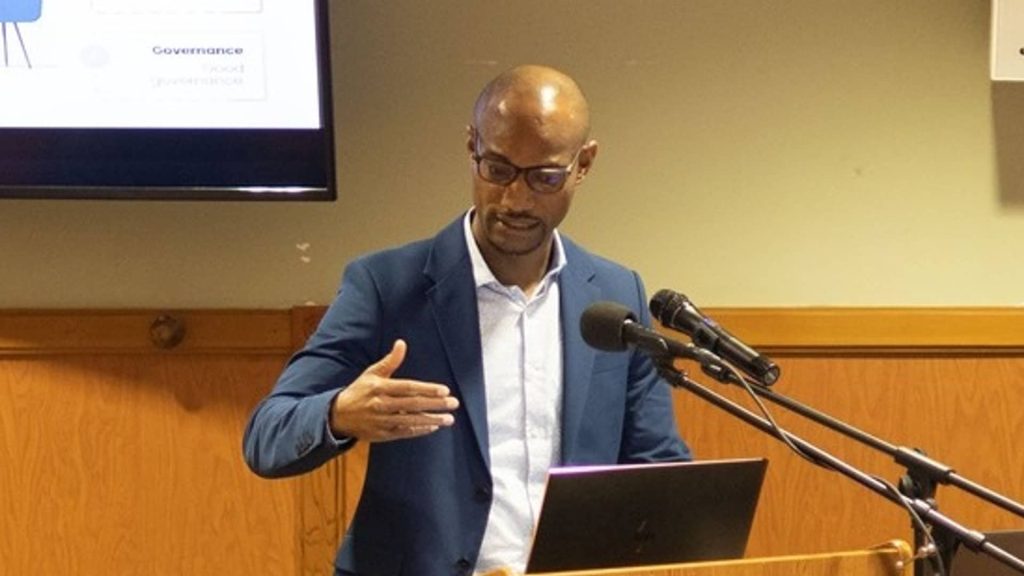Earlier this year, Finance Minister Camillo Gonsalves while addressing concern about the state of the National Insurance Services (NIS) said, “So instead of contribution rate gradually increasing, draconian costs could be jumping contribution rate significantly. So we’re at 10%, a draconian measure, probably, will move it from 10 to 20.”
As it were, Gonsalves warning seems to be nearing something of an eventuality given what the Director of the NIS, Stewart Haynes had to say recently.
Haynes, addressing a media conference last week Tuesday, declared that the NIS is unsustainable in the medium and long term and would remain so unless there were pension reforms.
Without pension reforms by no later than 2024, Haynes echoed what Gonsalves had said, i.e. that draconian measures will have to be employed.
And the reforms to which Haynes alluded, included addressing the existing Public Service Pension System under which generous pension are paid to retired civil servants to which they make no contribution, and which impose a financial burden on the government which is dependent on tax payers to foot the pension bill.
There was no water in his mouth when he further described the unbalance in the existing system, saying, “If we combine civil servants under the Public Service Pension System and Social Security benefits that could reach 127%, that person will receive more money in retirement than during their working years. My 12-year-old daughter will pay the price if we do not rectify this situation.”
As far as the NIS was concerned, Haynes shared that recommendations for changes in the system have been made with a 2023 timeline for implementation.
Some measures being considered were: phasing out the public service pension system; aligning retirement and pension age; capping the portion of one’s salary that is paid as pension, and making NIS contributions mandatory for self-employed people.
Currently, retirees receive their civil service pension at age 60 and Haynes suggested that the age at which civil service and NIS pensions are paid should be aligned.
And while the NIS contribution rate is currently 10% of the employee’s earnings – 4.5% paid by the employee and 5.5% by the employer – the NIS CEO was of the opinion, after careful study it is assumed, that the contribution rate can be increased as well as the insurable wage ceiling of EC$4,333.
Given that the NIS contribution rate in SVG was 10 percent which was lower than the regional average of 11.8 percent, the possibility exists for an increase in the rate, Haynes said.
The question though, is whether there is the political will to change the system or whether the system would remain for fear of damaging one’s return at the polls.

